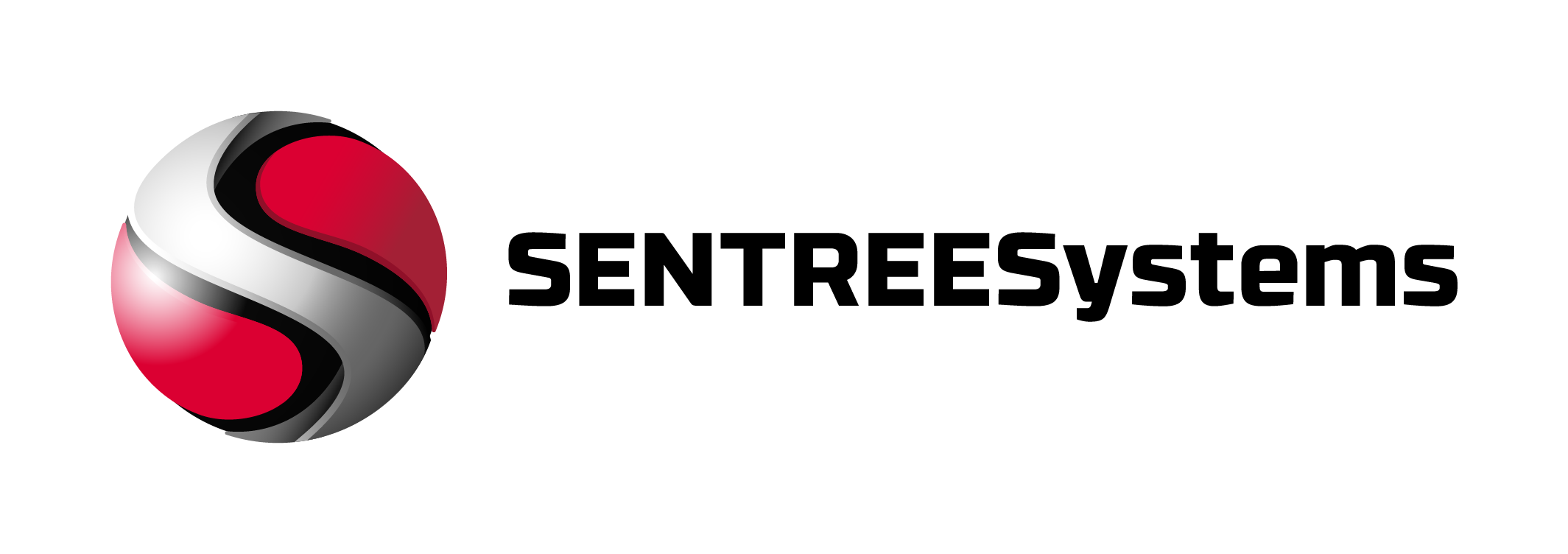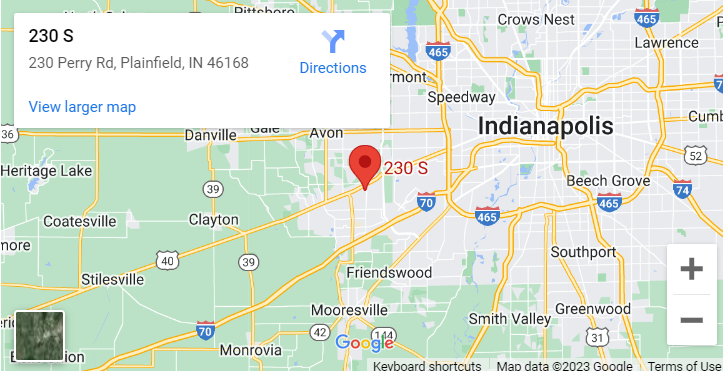There’s a critical need to address cybersecurity in healthcare, and the U.S. Department of Health and Human Services (HHS) has unveiled a groundbreaking initiative to fortify defenses. Enter the voluntary Cybersecurity Performance Goals (CPGs), a guiding light for healthcare organizations navigating the treacherous digital landscape. These goals aren’t mere suggestions; they are a clarion call to elevate digital defenses. Split into vital and enhanced goals, they lay the groundwork for robust cybersecurity practices. Essential goals establish hygiene standards, while enhanced goals advocate for advanced protective measures against sophisticated attacks. HHS has also launched a gateway website brimming with cybersecurity resources, simplifying access to federal guidance. This initiative empowers healthcare providers to assess readiness and implement practices safeguarding patient data from digital threats. However, challenges abound, from resource constraints to knowledge gaps. This is where Sentree Systems and its esteemed leader, Kevin Mabry, step in. With expertise in cybersecurity and compliance, they guide organizations through CPG implementation, fostering a culture of cybersecurity within healthcare operations. The future promises a transformed healthcare cybersecurity landscape, with CPGs supported by experts leading a new era of digital resilience. Healthcare entities heeding this call will not only secure data but also gain the trust of those under their care. HHS’s initiative signifies a pivotal moment in the drive for cybersecurity excellence in healthcare, with Sentree Systems paving the way for success. The time for action is now, crucial for patient safety and data protection in a digital world.
Key Takeaways:
- Cybersecurity Performance Goals (CPGs) Overview: HHS’s introduction of voluntary CPGs signifies a crucial step towards enhancing cybersecurity in the healthcare sector.
- Essential vs. Enhanced Goals: CPGs are divided into vital and enhanced goals, emphasizing basic cybersecurity hygiene while also pushing for advanced protective measures.
- Gateway Website: HHS’s gateway website offers a wealth of cybersecurity resources, making federal guidance more accessible to healthcare providers.
- Empowering Healthcare Providers: The initiative empowers healthcare entities to assess cybersecurity readiness and protect patient data from digital threats.
- Challenges in Implementation: Healthcare organizations face challenges in implementing CPGs, from resource constraints to knowledge gaps.
- Role of Sentree Systems: Sentree Systems, led by Kevin Mabry, stands out as a cybersecurity expert poised to guide healthcare organizations in implementing CPGs effectively.
- Future of Healthcare Cybersecurity: The landscape of healthcare cybersecurity is set for transformation with the support of CPGs and experts like Sentree Systems, laying the groundwork for enhanced digital resilience.

Understanding Cybersecurity Performance Goals (CPGs)
The Nature of CPG’s
The CPGs introduced by the U.S. Department of Health and Human Services are a critical step towards fortifying the defense mechanisms of healthcare organizations against digital threats. These goals are not mere suggestions but a call to arms for healthcare entities to elevate their cybersecurity posture to protect sensitive patient data.
Essential vs. Enhanced Goals
To comprehend the significance of Cybersecurity Performance Goals (CPGs), it is necessary to differentiate between necessary and enhanced goals. Essential goals lay the foundation for cybersecurity hygiene, covering fundamental aspects to establish a baseline level of protection. On the other hand, enhanced goals push organizations to implement advanced measures, raising the bar for cybersecurity defense against sophisticated cyber threats.
Nature of Essential vs. Enhanced Goals:
The Essential goals serve as the backbone of cybersecurity, ensuring basic protection measures are in place. They address fundamental security requirements that every healthcare organization should implement to safeguard patient data. On the contrary, Enhanced goals go a step further by recommending advanced security practices that elevate the organization’s cybersecurity posture. This distinction is crucial as it enables organizations to prioritize their efforts based on the level of defense needed against evolving cyber threats.
A Guide to Implementing Cybersecurity Measures
Even in the face of growing digital threats, healthcare organizations can navigate the complex terrain of cybersecurity by implementing robust measures. By adhering to the Cybersecurity Performance Goals (CPGs) outlined by HHS and leveraging the expertise of cybersecurity partners like Sentree Systems, organizations can fortify their defenses and safeguard patient data.
Types of Cybersecurity Practices for Healthcare
Some types of cybersecurity practices for healthcare include:
| Practice | Description |
| Encryption | Protects data by converting it into a code that can only be deciphered with the right key. |
| Access Control | Restricts unauthorized access to sensitive information by implementing user authentication protocols. |
| Regular Security Audits | Ensure ongoing compliance with cybersecurity standards and identify potential vulnerabilities. |
| Employee Training | Educate staff on cybersecurity best practices to mitigate human error risks. |
| Incident Response Planning | Develop protocols to effectively respond to and recover from cybersecurity incidents. |
After implementing these practices, healthcare organizations can enhance their cybersecurity posture and reduce the risk of data breaches.
Step-by-Step Approach to Cybersecurity Hygiene
To ensure comprehensive cybersecurity hygiene, healthcare organizations can follow a structured approach:
| Step | Description |
| Assess Vulnerabilities | Conduct thorough assessments to identify potential weak points in the security infrastructure. |
| Implement Security Measures | Deploy encryption, access controls, and monitoring tools to protect data and systems. |
| Monitor and Update | Regularly monitor systems for anomalies and update security protocols to address emerging threats. |
| Train Employees | Provide ongoing training to staff on cybersecurity practices and incident response protocols. |
| Test Incident Response | Conduct simulations to test the effectiveness of incident response plans and refine them as needed. |
By following this step-by-step approach, healthcare organizations can establish a strong foundation for cybersecurity resilience and adaptability in the face of evolving threats.
Factors Influencing Cybersecurity in Healthcare
Now, let’s investigate into the key factors that influence cybersecurity in the healthcare industry:
Internal Factors Affecting Cyber Hygiene
To maintain robust cybersecurity practices, healthcare organizations must address internal factors that impact cyber hygiene:
- Employee Training: Ensuring staff are well-versed in best practices.
- Access Control: Limiting data access to authorized personnel.
- Incident Response: Establishing protocols for swift response to cyber incidents.
This internal vigilance is crucial in fortifying defenses against cyber threats. Perceiving the significance of these factors can enhance overall cybersecurity posture.
External Factors and Evolving Digital Threats
Factors beyond internal control also play a significant role in shaping cybersecurity readiness in healthcare:
- Regulatory Changes: Adapting to evolving compliance requirements.
- Third-Party Risks: Managing security vulnerabilities from external partners.
- Ransomware Attacks: Defending against increasingly sophisticated threats.
Understanding the impact of these external factors and the evolution of digital threats is crucial in safeguarding sensitive healthcare data. Thorough risk assessment is imperative to mitigate potential vulnerabilities. Perceiving these nuances is key to staying ahead in the cybersecurity landscape.
Pros and Cons of Cybersecurity Performance Goals
| Pros | Cons |
| Clear guidance for cybersecurity improvement | Potential resource constraints for implementation |
| Enhanced protection against cyber threats | Complexity in achieving advanced goals |
| Streamlined access to cybersecurity resources | Challenges in cultural adoption of security practices |
Benefits of Embracing HHS Cybersecurity Goals
Assuming healthcare organizations fully embrace the HHS Cybersecurity Performance Goals (CPGs), they stand to benefit from a structured approach to fortifying their digital defenses. By implementing the crucial and enhanced goals, organizations can enhance their cybersecurity posture and safeguard patient data from potential breaches.
Challenges and Limitations in Implementing CPGs
You might encounter various challenges and limitations when implementing the CPGs, such as resource limitations, knowledge gaps, and resistance to cultural change within healthcare organizations. Overcoming these hurdles requires a concerted effort to educate staff, allocate sufficient resources, and cultivate a cybersecurity-conscious mindset at all levels of the organization.
Goals: It’s crucial for healthcare organizations to recognize the importance of overcoming challenges and embracing the benefits of HHS’s Cybersecurity Performance Goals. Proactive measures, adequate resources, and a commitment to cybersecurity best practices are crucial for achieving and exceeding these performance goals.
Tips for Navigating Cybersecurity in Healthcare
Many healthcare organizations are facing the challenge of enhancing their cybersecurity practices to meet the newly introduced CPGs by HHS. To navigate this complex landscape effectively, it is crucial to prioritize cybersecurity hygiene and implement advanced protective measures outlined in the crucial and enhanced goals.
Adopting Best Practices
To ensure compliance with the Cybersecurity Performance Goals (CPGs), healthcare organizations must adhere to best practices such as regular security assessments, employee training programs, secure network configurations, and prompt software patching. By establishing a solid foundation of cybersecurity protocols, organizations can bolster their defenses against evolving cyber threats and safeguard patient data effectively.
Utilizing Resources like the HHS Gateway Website
There’s a wealth of information available on the HHS Gateway Website, designed to aid healthcare providers in navigating the intricacies of cybersecurity compliance. This digital portal offers access to federal cybersecurity guidance, training materials, and best practices to assist organizations in strengthening their digital defenses against cyber attacks. By leveraging these resources effectively, healthcare entities can enhance their cybersecurity posture and mitigate potential risks proactively.
Tips: It’s crucial to stay informed about the latest cybersecurity trends and threats by regularly accessing resources such as the HHS Gateway Website. By embracing a proactive approach to cybersecurity and adopting best practices, healthcare organizations can fortify their defenses and safeguard sensitive patient data effectively.
The Future of Healthcare Cybersecurity
Predictions and Trends
After the implementation of HHS’s Cybersecurity Performance Goals (CPGs) and the support provided by experts like Sentree Systems, the future of healthcare cybersecurity holds promise and challenges. Some experts predict a surge in ransomware attacks targeting medical facilities, exploiting vulnerabilities in digital systems to hold sensitive patient data hostage. Additionally, the rise of Internet of Medical Things (IoMT) devices introduces new entry points for cyber threats, requiring heightened vigilance from healthcare organizations.
Role of Cybersecurity Experts in Transformation
Cybersecurity experts play a pivotal role in the transformation of healthcare cybersecurity landscape. As healthcare entities strive to meet and exceed the CPGs set forth by HHS, the guidance and expertise provided by seasoned cybersecurity professionals like Kevin Mabry from Sentree Systems are necessary. A deep understanding of evolving cyber threats, coupled with strategic approaches to fortify digital defenses, is crucial in safeguarding patient data and upholding the integrity of healthcare operations.

Summing up
Considering all points, the initiative taken by the U.S. Department of Health and Human Services (HHS) to introduce Cybersecurity Performance Goals (CPGs) is a cornerstone in fortifying healthcare cybersecurity. With the guidance provided by these goals and the resources available on the gateway website, healthcare organizations are equipped to navigate the complex realm of digital defense. However, challenges lie ahead, from resource constraints to knowledge gaps. This is where Sentree Systems, with their expertise led by Kevin Mabry, plays a vital role in assisting healthcare entities to achieve and exceed these performance goals. Through a concerted effort to embrace cybersecurity best practices, healthcare organizations can not only protect patient data but also instill trust among those they serve. The future of healthcare cybersecurity, with the foundation of CPGs and the support of industry experts, promises a landscape of enhanced resilience and security.
FAQ
Q: What are Cybersecurity Performance Goals (CPGs) introduced by the U.S. Department of Health and Human Services (HHS)?
A: CPGs are a vital initiative aimed at bolstering cybersecurity within the healthcare sector, offering guidance to healthcare organizations to improve their digital defenses.
Q: How are CPGs categorized?
A: CPGs are categorized into necessary and enhanced goals. Essential goals ensure cybersecurity hygiene, while enhanced goals advocate for advanced protective measures against sophisticated cyber attacks.
Q: What is the purpose of the gateway website introduced by HHS in relation to cybersecurity?
A: The gateway website serves as a treasure trove of cybersecurity resources, streamlining access to federal cybersecurity guidance for healthcare providers to navigate the complex terrain of digital defense.
Q: What challenges do healthcare organizations face in implementing CPGs?
A: Healthcare organizations face challenges such as resource limitations and knowledge gaps when implementing CPGs to enhance their cybersecurity practices.
Q: How can Sentree Systems assist healthcare organizations in implementing Cybersecurity Performance Goals (CPGs)?
A: Sentree Systems, led by cybersecurity expert Kevin Mabry, provides guidance to healthcare organizations in implementing CPGs, fostering a culture of cybersecurity that permeates all aspects of healthcare operations.
Q: What is the potential transformation in the landscape of healthcare cybersecurity with the support of CPGs?
A: The introduction of CPGs, supported by cybersecurity experts like Sentree Systems, promises a new era of digital resilience for healthcare organizations, safeguarding patient data and earning trust through enhanced cybersecurity practices.
Q: What significance does the initiative by HHS hold in the quest for cybersecurity excellence in the healthcare sector?
A: HHS’s initiative, combined with the support of cybersecurity veterans like Sentree Systems, marks a pivotal moment in enhancing cybersecurity within healthcare, presenting a clear path to achieving and exceeding performance goals for patient safety and data security in the digital age.



